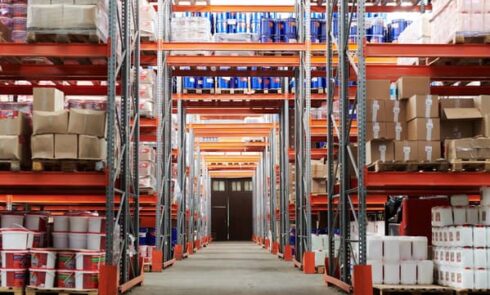The hype around meta universes is gaining momentum at an astronomical rate, spawning sci-fi visions of virtual players spending virtual currency in an infinite number of virtual worlds. But when you delve a little deeper into the topic, you’ll find that it’s not just and not so much about human interaction in online games. Metaviews have the potential to benefit in a much more practical way, improving business efficiency in the digital and physical worlds.
From a business perspective, it is important that metaviews are not just a collection of virtual worlds in which users represented by avatars reside. Metavillages focus on the concept of linking virtual and physical realities by digitally superimposing one on the other (augmented reality), as well as through the effect of presence (virtual reality). The scope of these technologies is not limited to games and entertainment simulations, but also includes a number of very real opportunities for manufacturers.
Digital Doppelgangers
The meta-universes use digital twin technology that reproduces real objects, systems, processes and even people in the virtual world. In manufacturing, digital twins allow for a detailed comparison of a product’s design with its embodied version – for example, to find flaws or defects. In addition, it is possible to configure individual spaces of the meta universe for modeling purposes – including entire production lines.
BMW, for example, has implemented digital twin technology to create virtual cars at a one-to-one scale in the meta universe before rolling out the final factory layout. Based on the results of the six-month simulation, the company changed about 30% of the original production process.
The technology can virtually run workflows and optimize the company’s operations. As the digital twin collects and analyzes real-world data, it becomes more complete and eventually creates its own meta-universe to test new ways of doing business in a low-risk environment.
Equipment Maintenance
Virtual, augmented and mixed reality (AR, VR and MR) technologies are assisting technicians who service equipment. The development of this area of metavisual applications has been significantly impacted by the coronavirus pandemic, which has limited travel and created medical issues.
Instead of sending technicians on a long journey (sometimes to another continent), companies are using virtual and mixed reality for remote service. One of the advantages of these technologies is that they don’t require the use of augmented reality glasses or bulky VR headsets. Instead, existing devices such as smartphones and tablets can be used.
Interestingly, the use of metaviews improves workers’ attitudes towards their work, compared to when they were required to spend a lot of time traveling. Contrary to expectations, they do not have the feeling that their superiors are now continuously watching them. On the contrary, the technicians have a sense of power over problems and, as a result, a deeper satisfaction with the work they do.
Industrial design
Thanks to the pandemic, there has been an accelerated adoption of virtual reality in industrial design as well. Within the physical office, engineers could collaborate on projects in conference rooms, but when faced with the need to work from home, a new solution was suddenly needed. Thanks to metaviews, design engineers can collaborate remotely with their colleagues and work on virtual projects.
For example, automobile companies design cars starting with clay models. Once the visual concept is fully developed, it is the turn of computer-aided design (CAD) systems. However, these processes are not well compatible with collaborative remote working. Companies are now using AR and VR to create a full three-dimensional vehicle design. This makes it possible to bring in top-notch talent from all over the world without making them get on an airplane.


